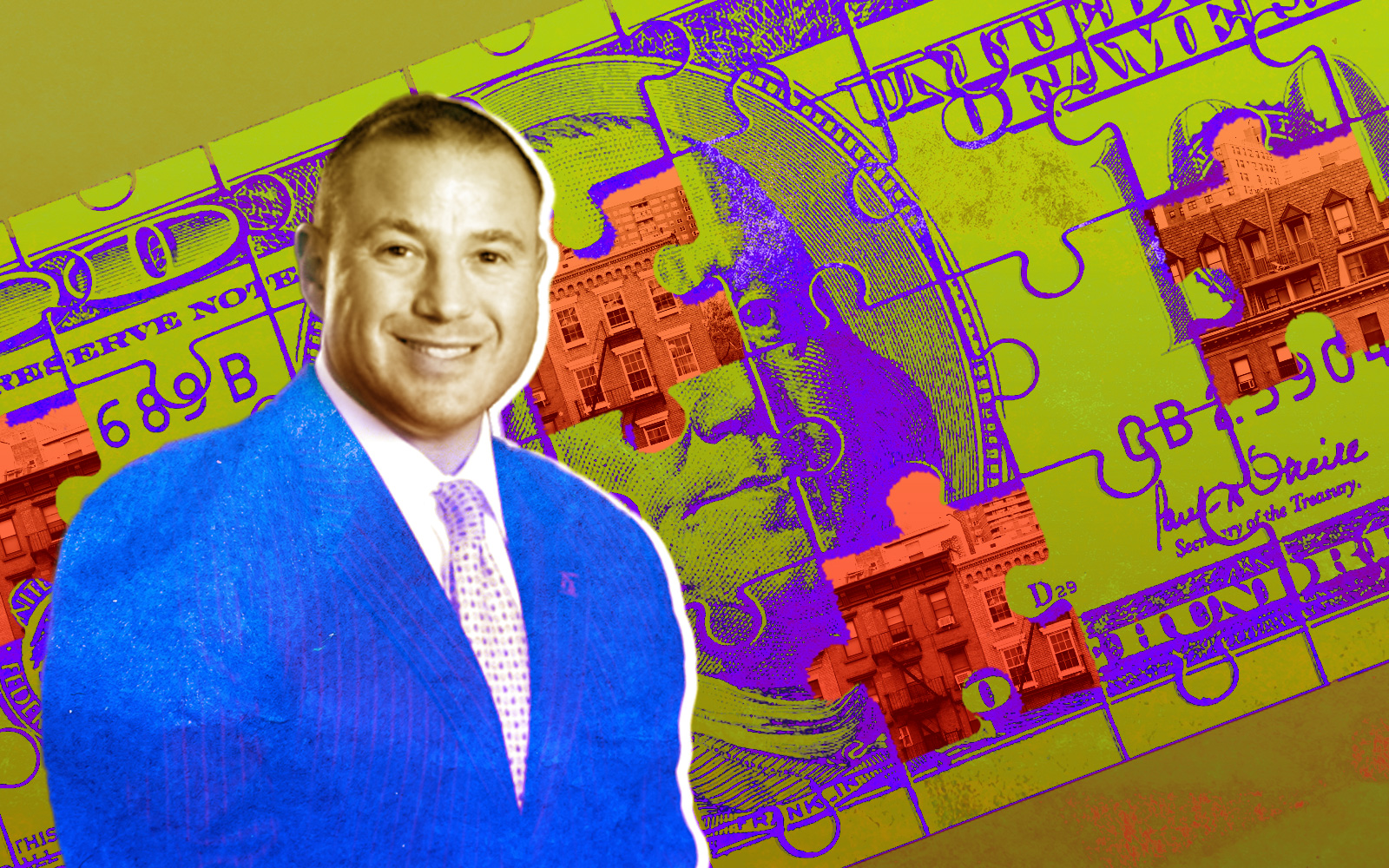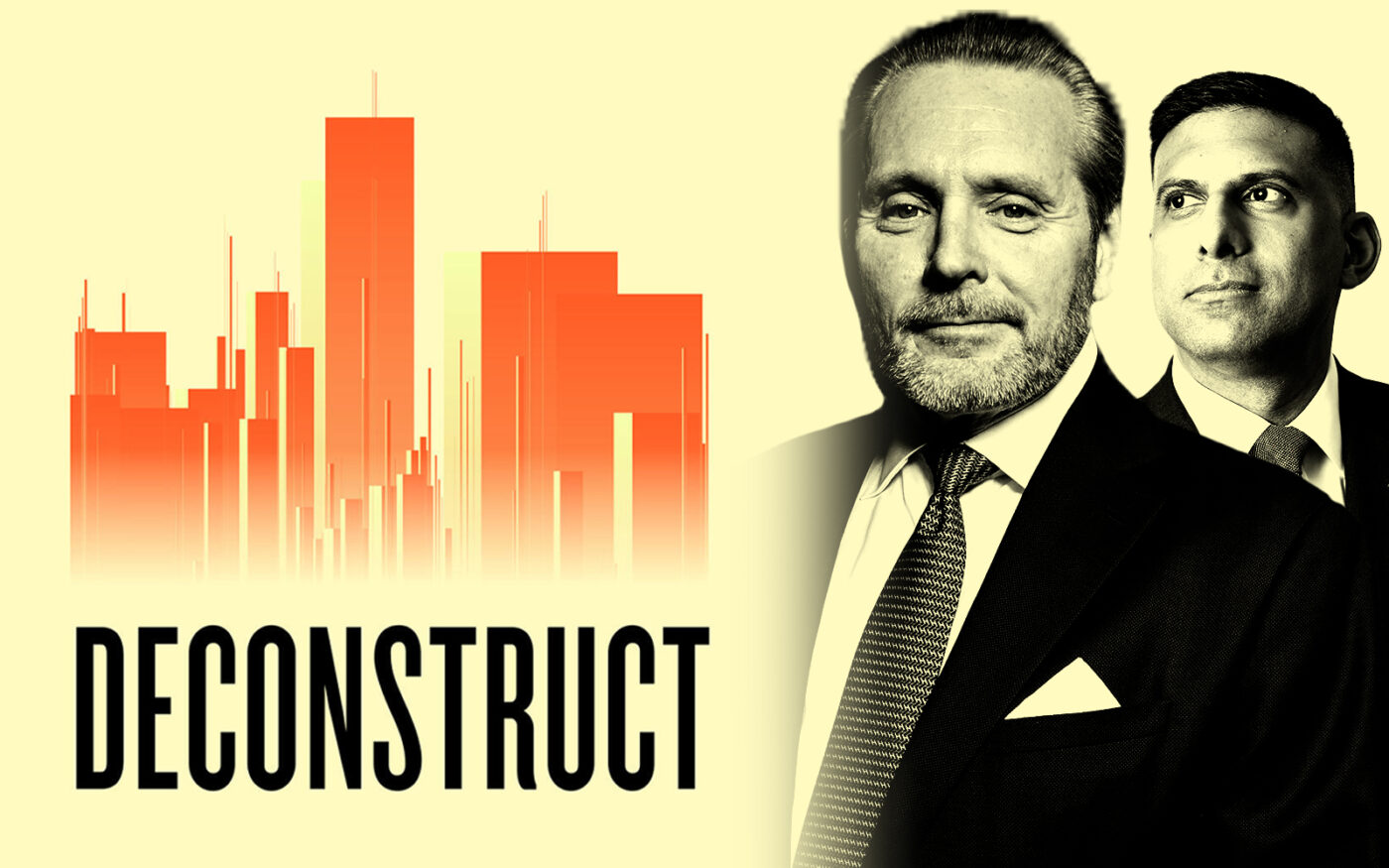
Trending
Back to the ’90s to understand office distress
TRD’s “Deconstruct” podcast puts rocky CRE market in historical context

As rising rates and bank collapses pressure commercial real estate, history can help make sense of today’s distress.
The Financial Crisis of 2008, when the collapse of mortgage-backed securities took down financial institutions and the U.S. housing market cratered, might seem to be the best comparison.
But industry wonks say the underpinnings of today’s rocky commercial market are most similar to the conditions that drove the savings and loan crisis of the late 1980s and early ’90s.
Soaring interest rates, which were engineered to tamp down inflation, drove bank customers to yank out deposits and decimated the value of the residential mortgages that savings and loans, or so-called thrifts, had given to homeowners.
“The banks were just foreclosing on everything,” said Bob Knakal, senior managing director of brokerage JLL’s New York office.
“In the early ’90s, values were down very, very significantly, no one had any money, you couldn’t borrow money,” Knakal said. “It was really, really a tough time.”
Read more


Catch the full episode for analyses of how today’s downturn relates to past crises, and a deep dive with Sam Chandan, director of NYU Stern’s Institute for Global Real Estate Finance, on how lenders now are dealing with distress.
Deconstruct is available on Apple Podcasts, Spotify, Audible or wherever you get your podcast fix.




